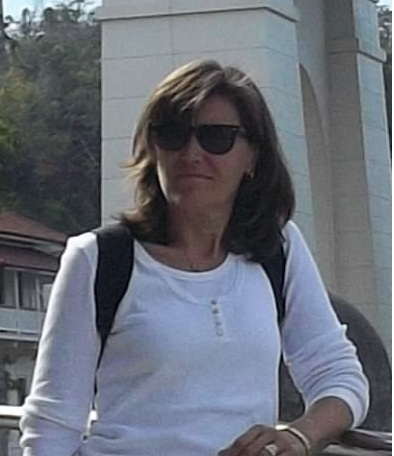Stratigraphy, Sedimentology and Paleoecology Lab
|
Stratigraphy, Sedimentology and Paleoecology
Science, 2nd Building
|
|
|
|
|
|
| Research Activity |
Our research group is focused on the study of sediments and their textural and paleontological features
The four main expertises in this field are covered by the people in the lab.
- Textural analysis of sediments
- Stratigraphy and Biostratigraphy (Cretaceous to Quaternary)
- Ecology and paleoecology of benthic Foraminifera
- Paleoclimatic and paleoceanographic meaning of Sapropels in the Mediterranean Sea
|
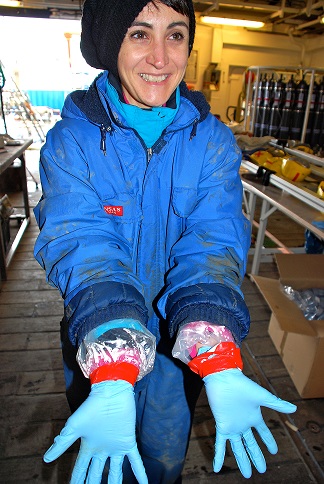 |
| click on the images to enlarge |
| Ecology and paleoecology of benthic Foraminifera |
Biomineralization process in Foraminifera |
| Foraminifera are eukaryotic unicellular microorganisms inhabiting all marine environments. The study of these protists has huge potential implications and benefits. They are good indicators of global change and are also promising indicators of the environmental health of marine ecosystems. Much has still to be understood about foraminiferal ecology. We have broad interest in the biodiversity, biogeography and ecology of modern benthic foraminifera and current research themes include foraminiferal biodiversity, particularly on primitive foraminifera. |
We have new interest in understanding the functioning mechanism behind biomineralization and the molecules involved. This help to understand the biomineralization process in a geochemical perspective to record environmental and climate changes from shell isotopic and trace element compositions. Coupling geochemical and biological perspectives will enhance interpretation of the proxies used for climatic reconstructions and improve future modeling efforts. |
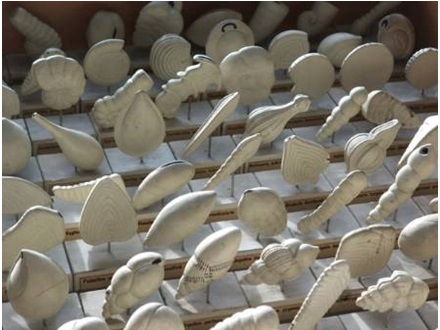 |
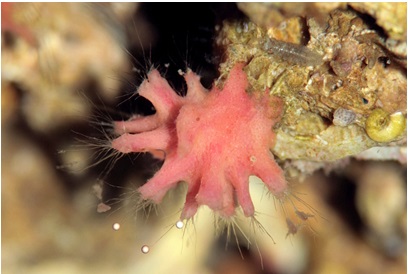 |
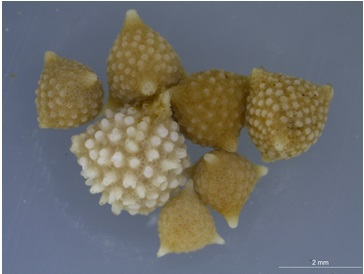 |
| Stratigraphy and Biostratigraphy (Cretaceous to Quaternary) |
Paleoclimatic and paleoceanographic meaning of Sapropels in the Mediterranean Sea |
 |
| Stratigraphy is a branch of geology which studies rock layers it includes also biostratigraphy which principal aim is to date sedimentary successions. Our team has a long tradition in biostratigraphic analysis for research and commercial purpose. |
In the recent sedimentary history of the Mediterranean the deposition of organic carbon-rich layers corresponds to CO2 concentration peak. The sapropel seems to be a sedimentary response of the system, which "buries" carbon on the sea floor. The study of these sediments therefore can be of great interest to understand the possible responses of the system to the current increase in CO2.
The image on the right is Sapropel S5 (124.000 years) in a core in the Ionian Sea (M25/4-12)
|
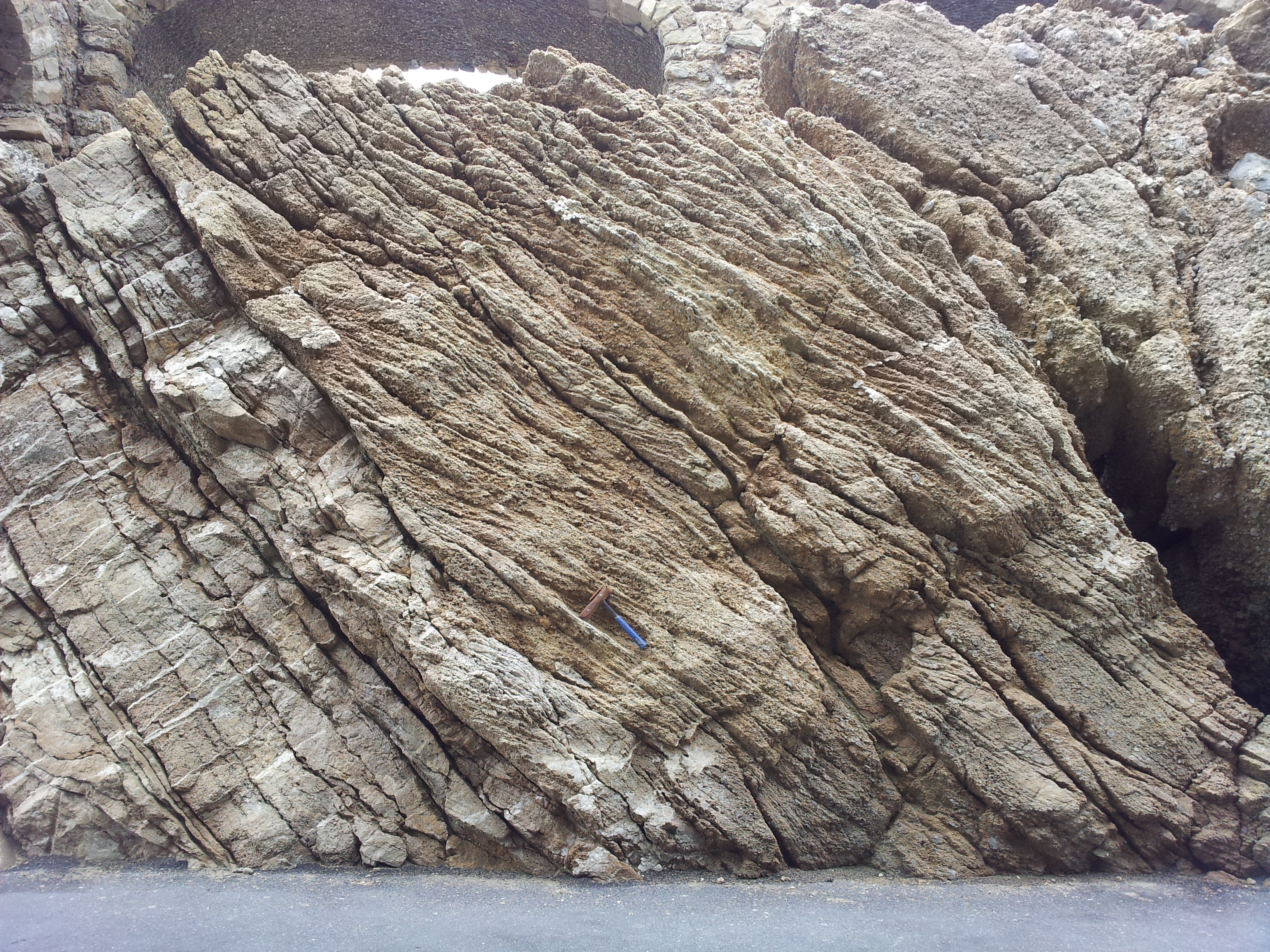 |
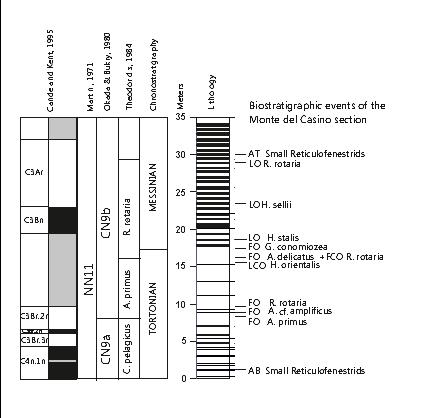 |
| Textural analysis of sediments |
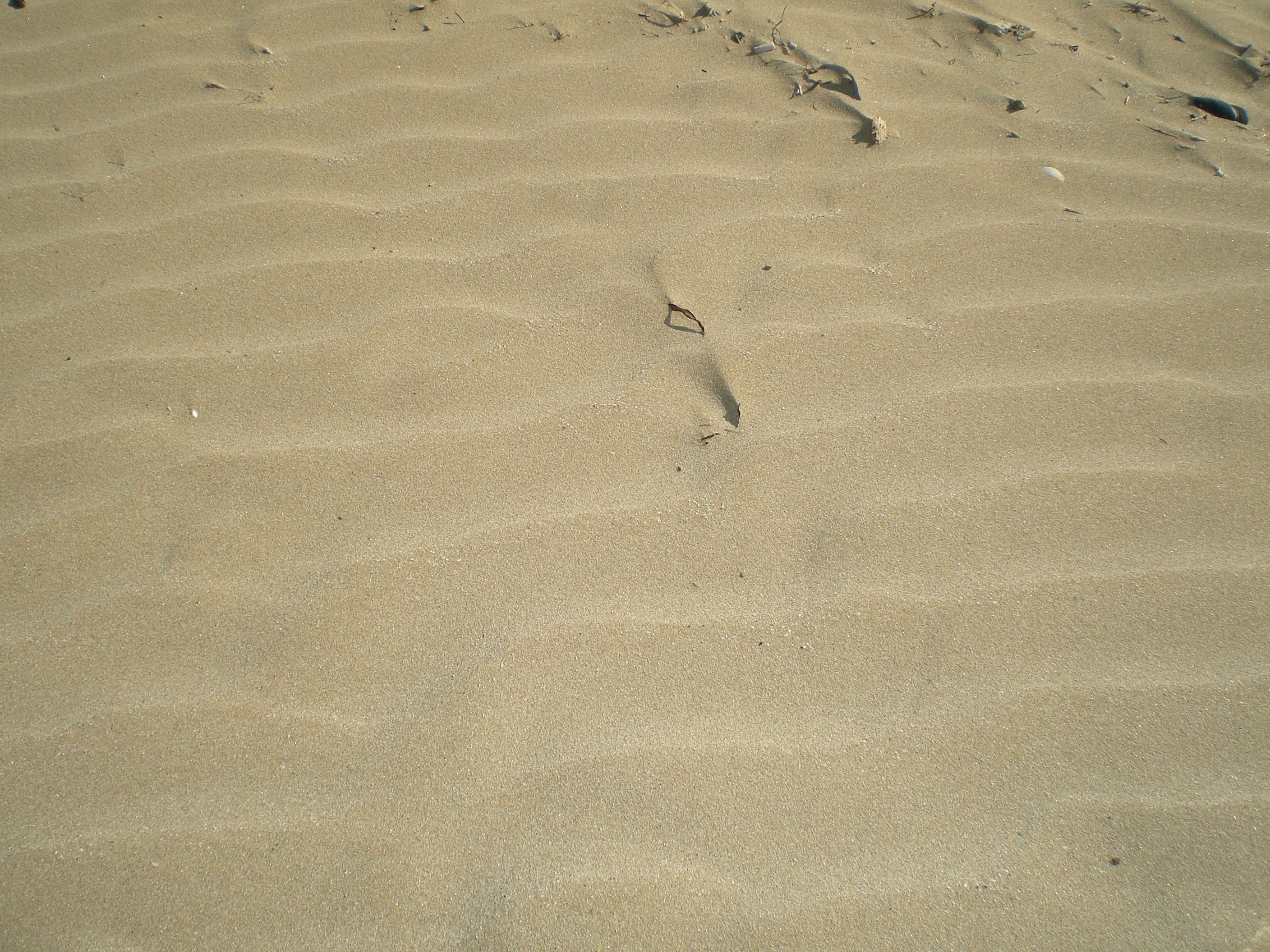 |
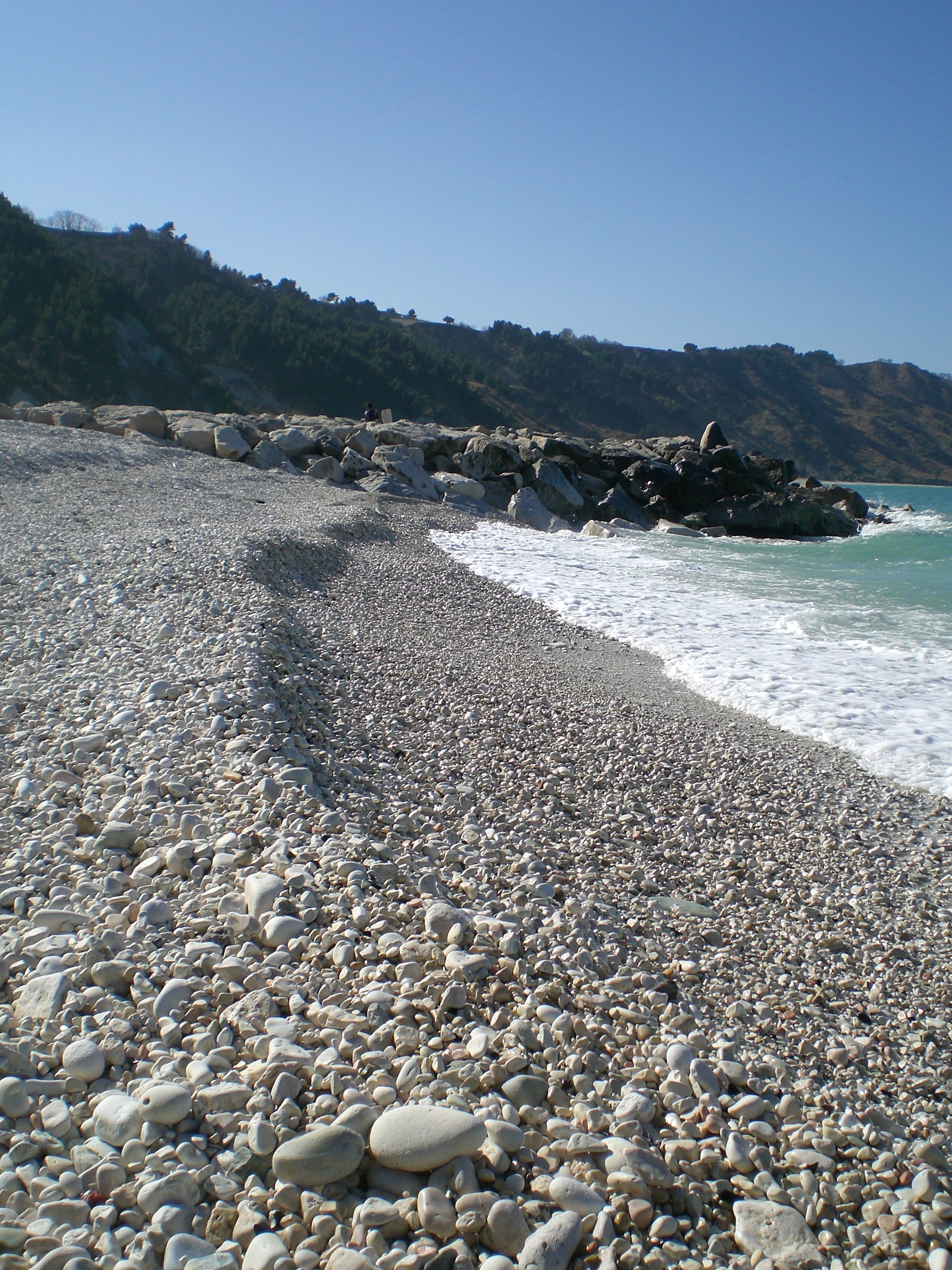 |
| Terrigenous clastic sediments and sedimentary rocks are composed of fragments that result from the weathering and erosion of older rocks. They are classified according to the sizes of clasts present and the composition of the material. Texture is an important aspect in the description of sedimentary rocks and can be useful for interpreting the mechanisms and environments of deposition. |
| Staff |
|
tel +39 71 2204709
|
|
Dr. Anna Sabbatini
PostDoc
tel +39 71 2204329
|
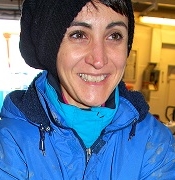 |
| Equipment |
|
Paleoecology and Stratigraphy
|
Textural analyses in sediments
|
|
- Stereomicroscopes
- Polarized light Binocular optical Microscopes
- Image aquisition system
- Sea water filtering system
- Incubator
- Centrifuge
- Tester for chemical-phisical parameters(T, S, pH)
|
- Complete sieves (63 micron – 1mm etc.) series
- Automatic Sieving system
|
|
More detailed information on research projects may be found on the researcher’s pages
|
